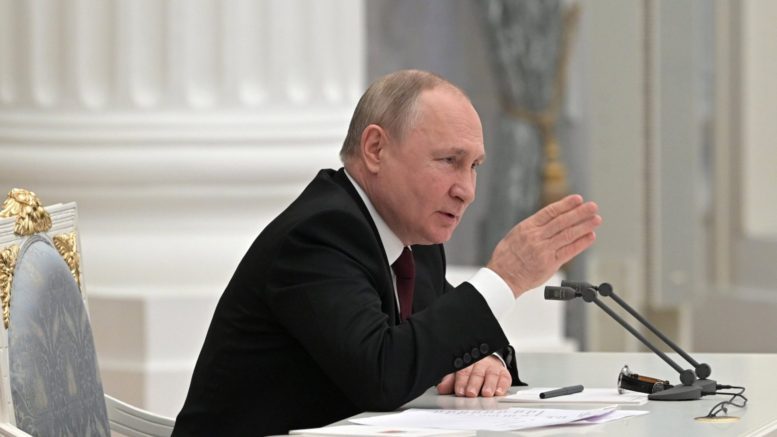As tensions between Russia and Ukraine continue to intensify along their shared border, Canada and its European allies remain determined — trying to deescalate any possibility of invasion.
On Saturday, Prime Minister Justin Trudeau made the decision to pull all diplomats from Ukraine’s capital due to fears of an all-out war.
When did this start?
The conflict between both nations dates to as far as 1991 when Ukraine declared independence from the Soviet Union. Since then, Ukraine formed a limited military partnership with Russia and established itself as an ally to NATO in 1994.
According to Ukraine’s Ministry of Foreign Affairs, things took a shift in nature when Russia seized the Crimean peninsula with armed military forces in 2014.
In a video statement, President Putin claims in 2000 Russia was rejected for possibly joining NATO.
Also during that period, “Russia started supporting insurgent groups in the Donbas region” said Stephen Saideman, the Paterson Chair in international affairs at Carleton University, said in a phone interview.
“This recent crisis has been going on for several months now as Russia has rallied a variety of threats and moved more and more troops to the border. And today there’s been actual fire in the Donbas region.”
Global Affairs Canada is aware of the violent activity and has this to say about it on its Twitter feed.
What role is the Canadian government playing?
Recently, the Canadian federal government has ordered all diplomats along with their families to return home due to the increased presence of Russian troops at the border.
To help assist Ukraine during these hostile times Trudeau has approved a $500-million loan along with $7.8 million in lethal weapons. The news came on Monday after Trudeau spoke with Ukrainian President Volodymyr Zelensky on Saturday.
Federal officials have also gone on record to let Russian officials know that any further escalation of violence made to Ukraine will result in “sanctions and grave consequences.”
“I don’t think any country is ultimately going to come and join Ukraine on the battlefield against the Russians,” said Saideman. “It is very very unlikely that the United States or Canada will get involved in a shooting war with Russia.”
How do Ukrainian-Canadians feel about the situation?
For many local Ukrainians living in Canada, the concern for family members back home has elevated with each week that goes by.
Over the past few weeks, there has been a growing outcry asking for unity and for the world to stand with Ukraine.
Canada’s federal government continues to lend aid in the form of finances, weapons, and military training. However, it appears to be unlikely that Trudeau will send troops to the frontline of the border.
How likely is Russia to invade?
“An actual invasion would be too costly, not because of Western sanctions but rather the reaction at home to the loss of life and the financial costs of administering any new territory,” Peter Solomon, a professor of political science at the Munk School of Global Affairs and Public Policy, said in a phone interview.

